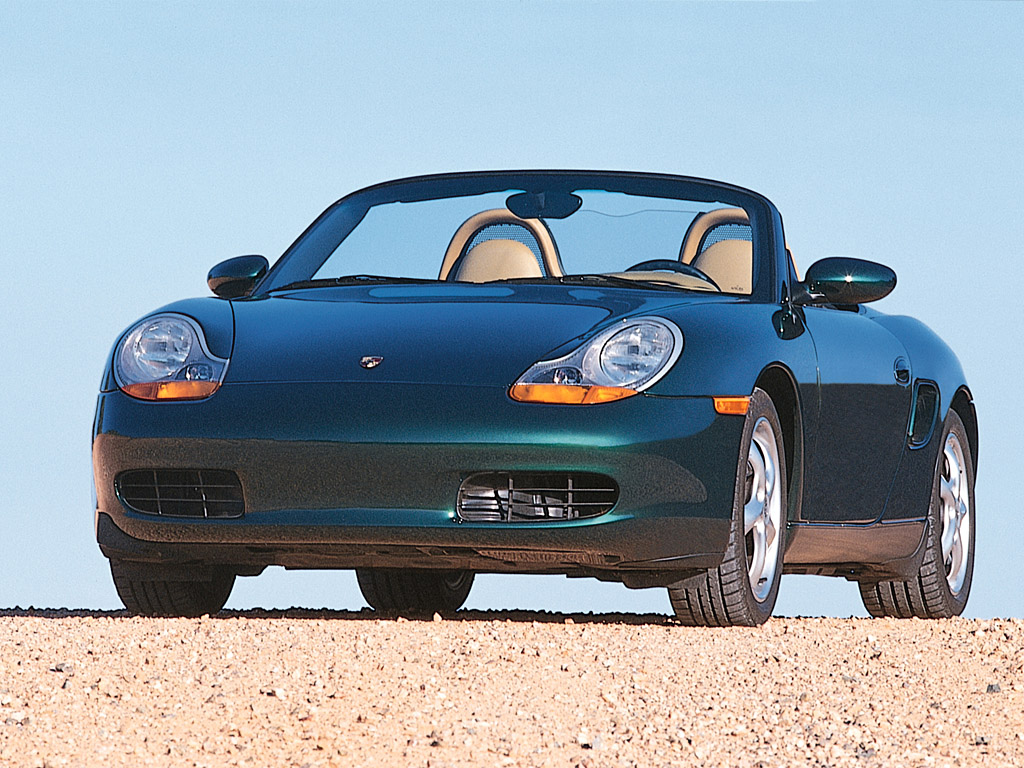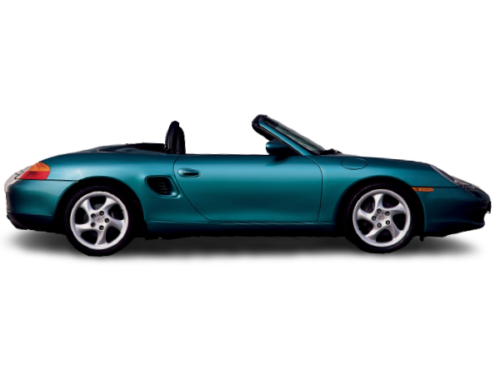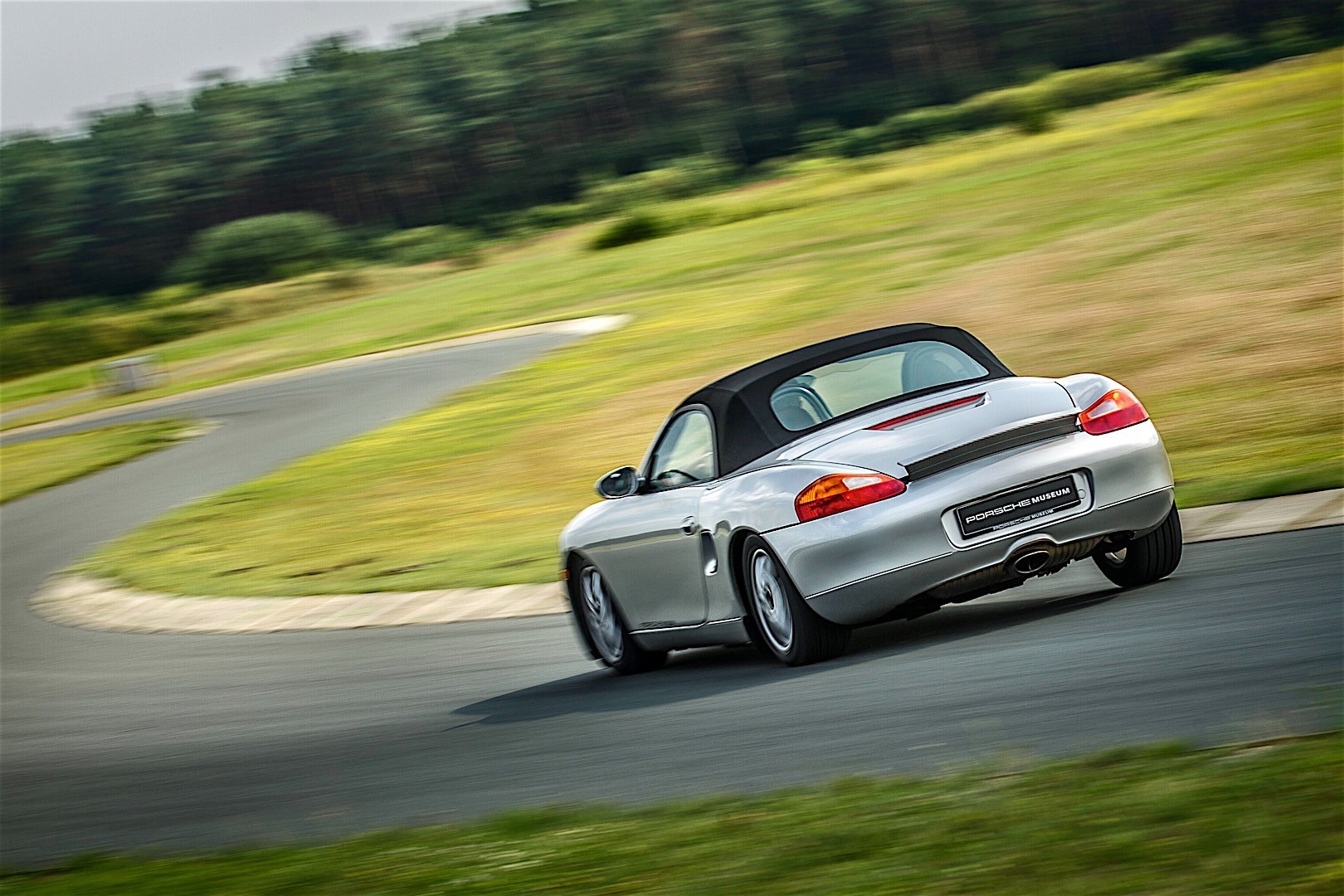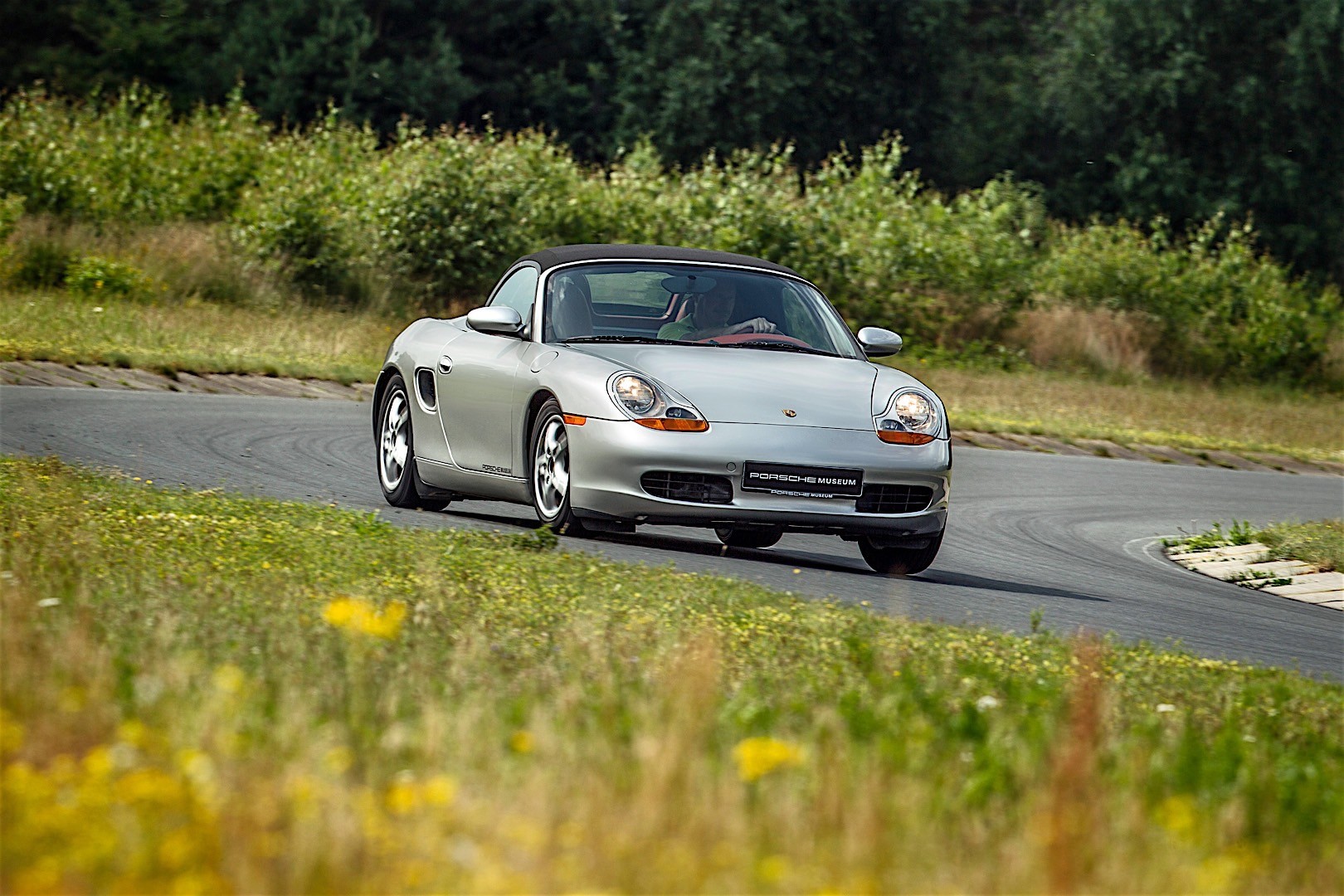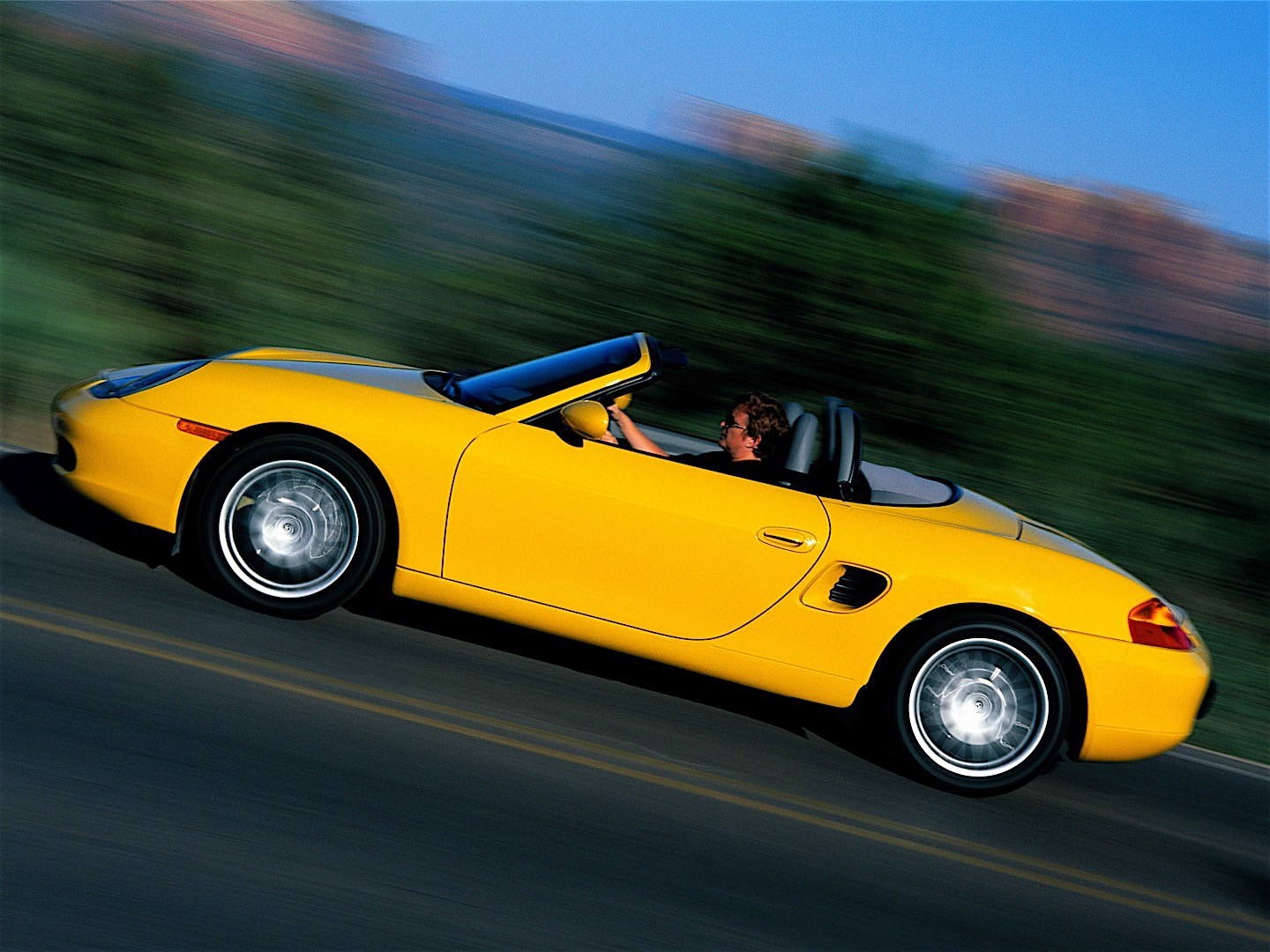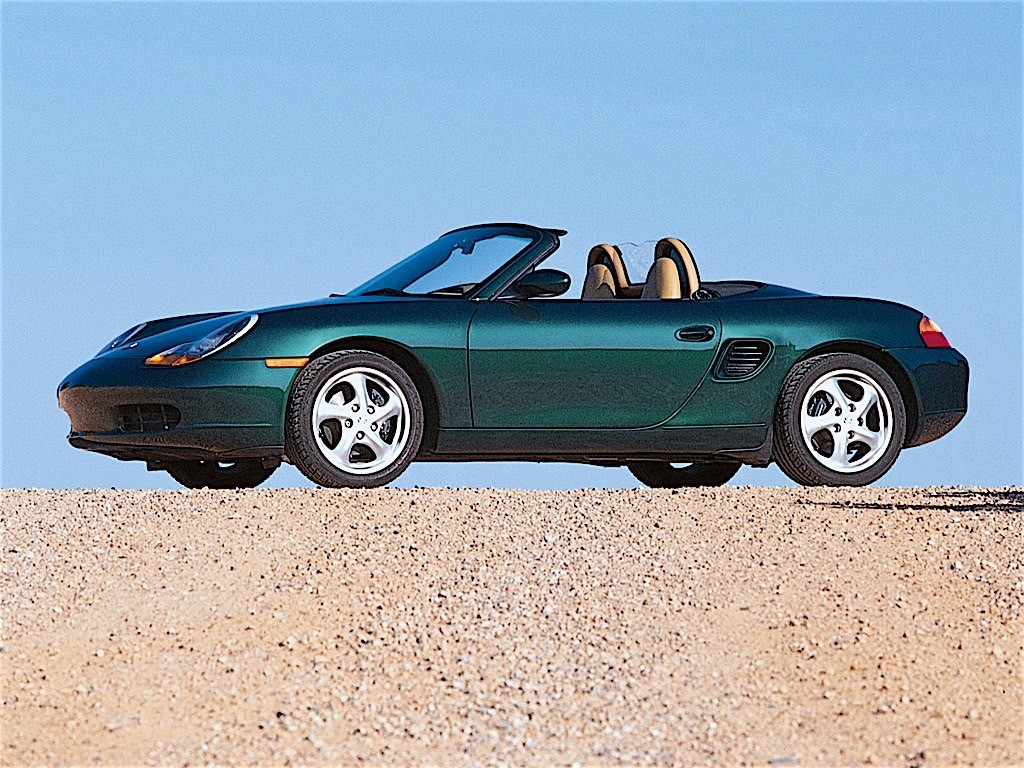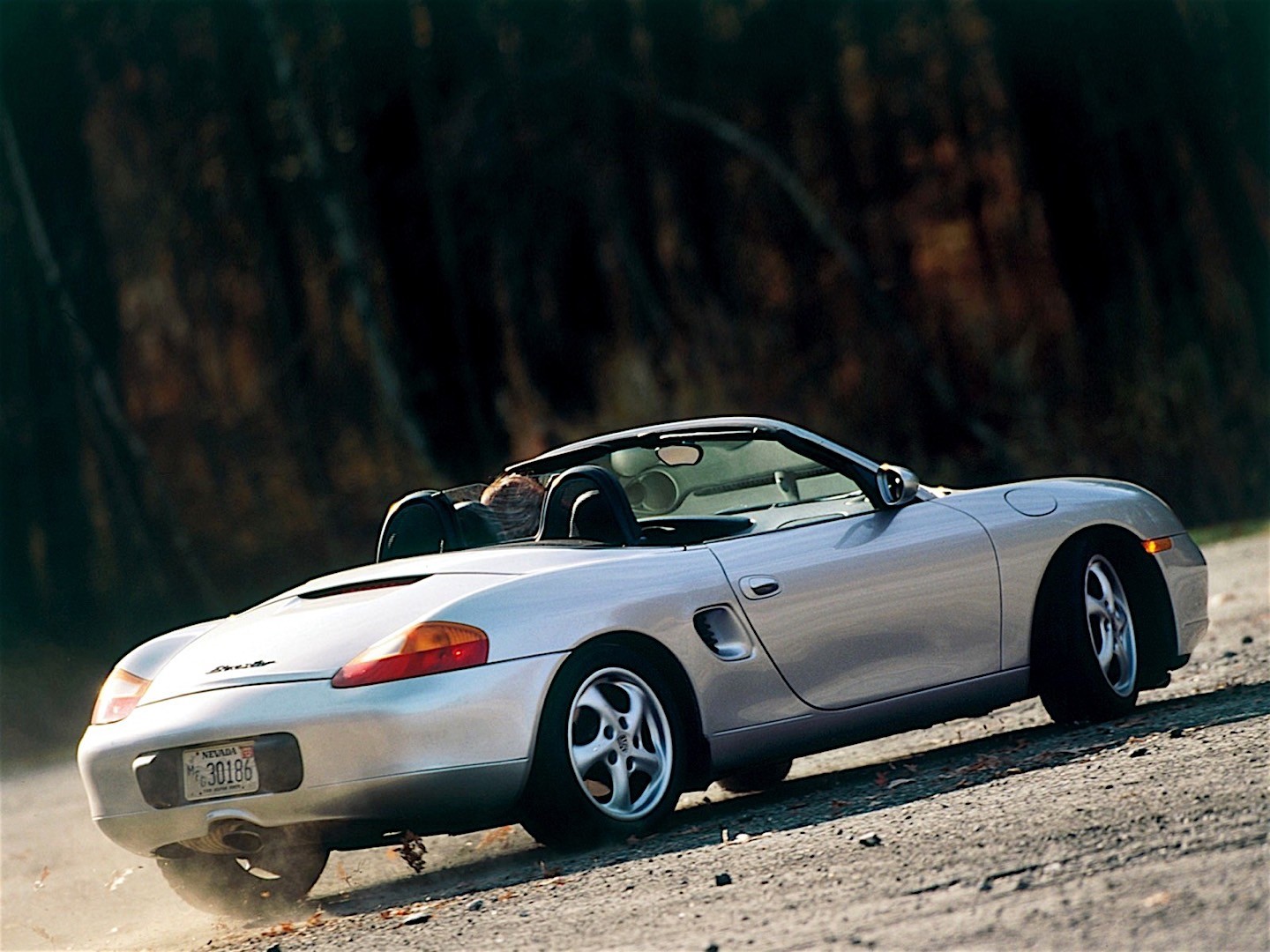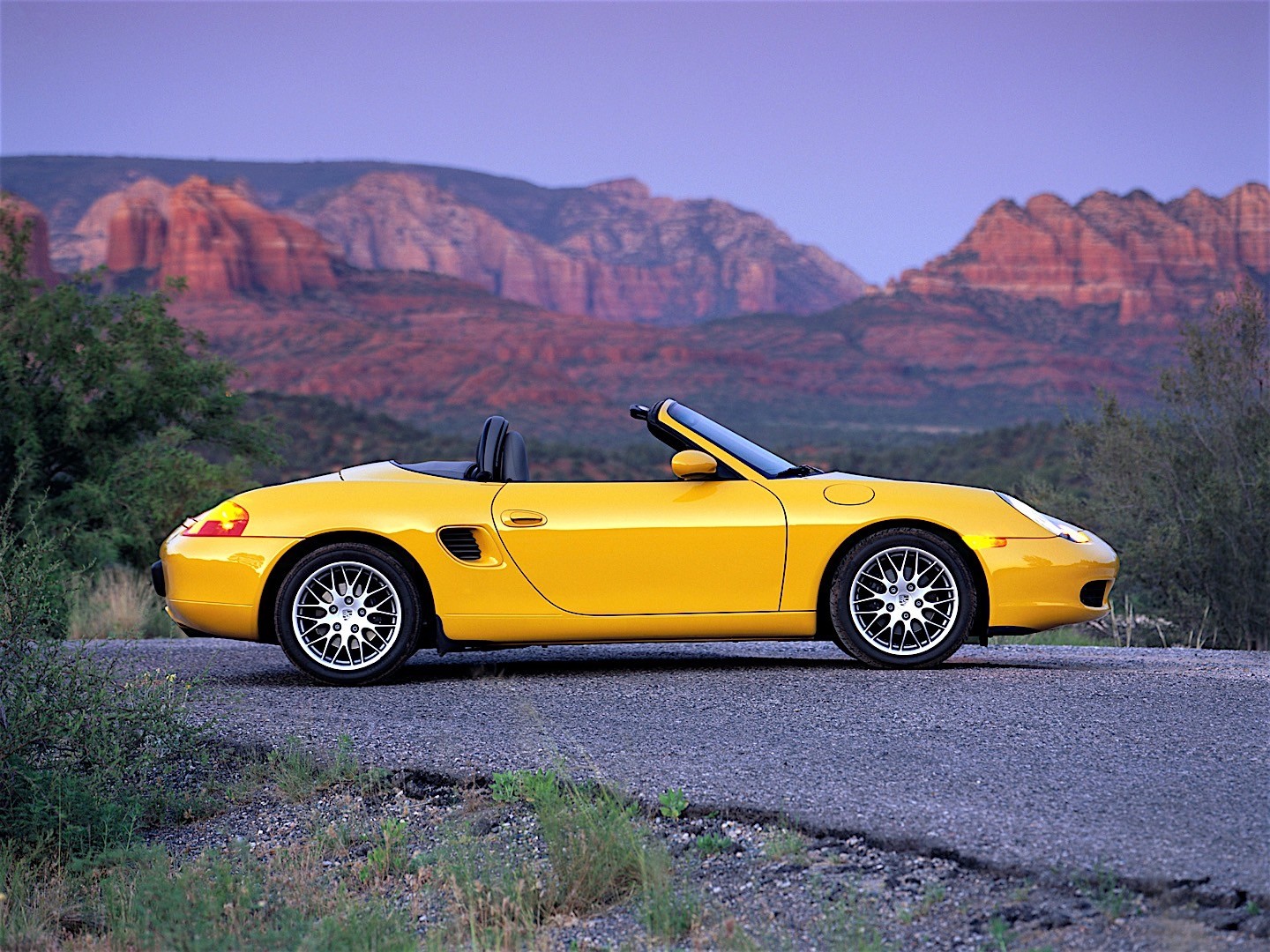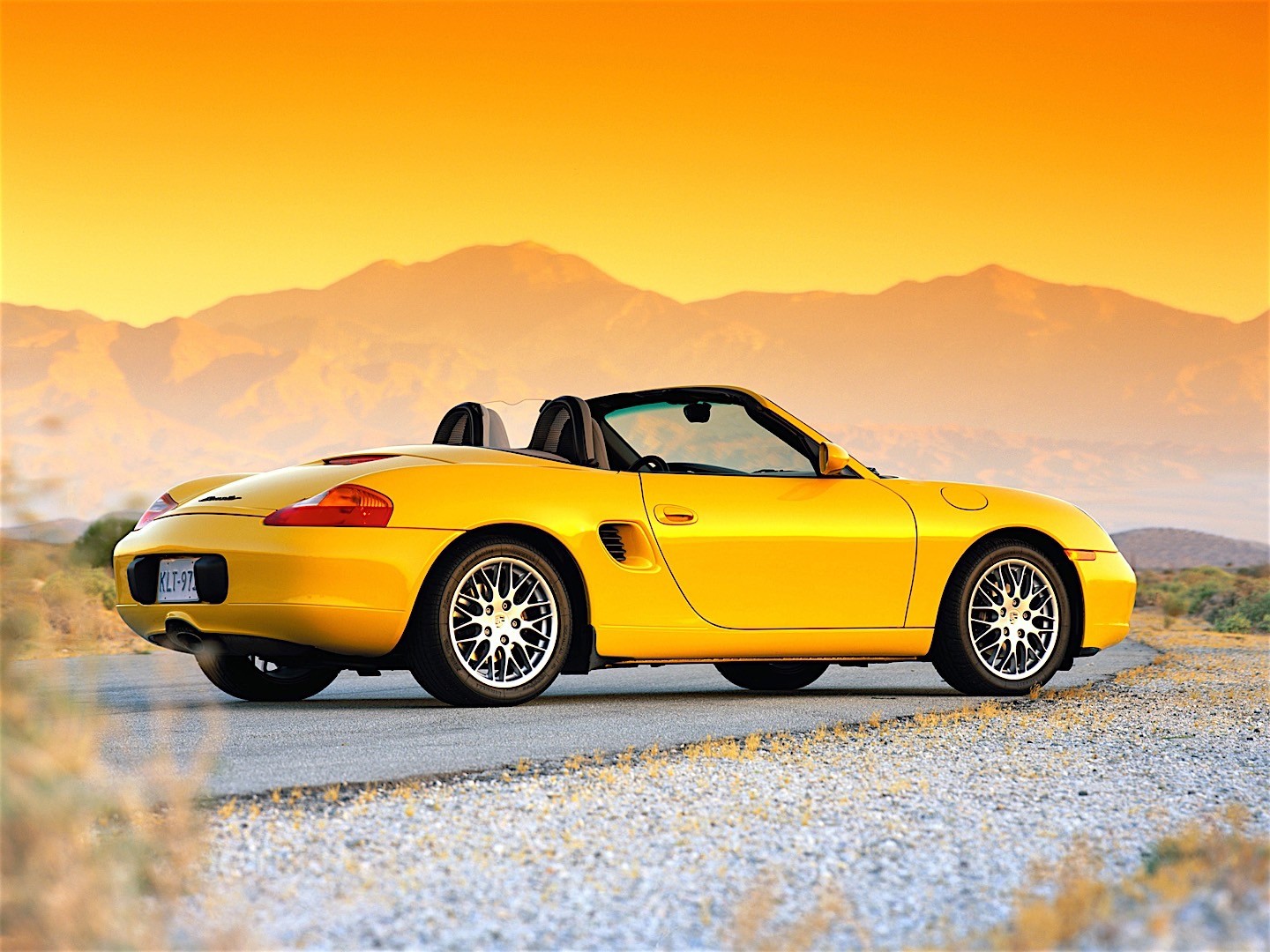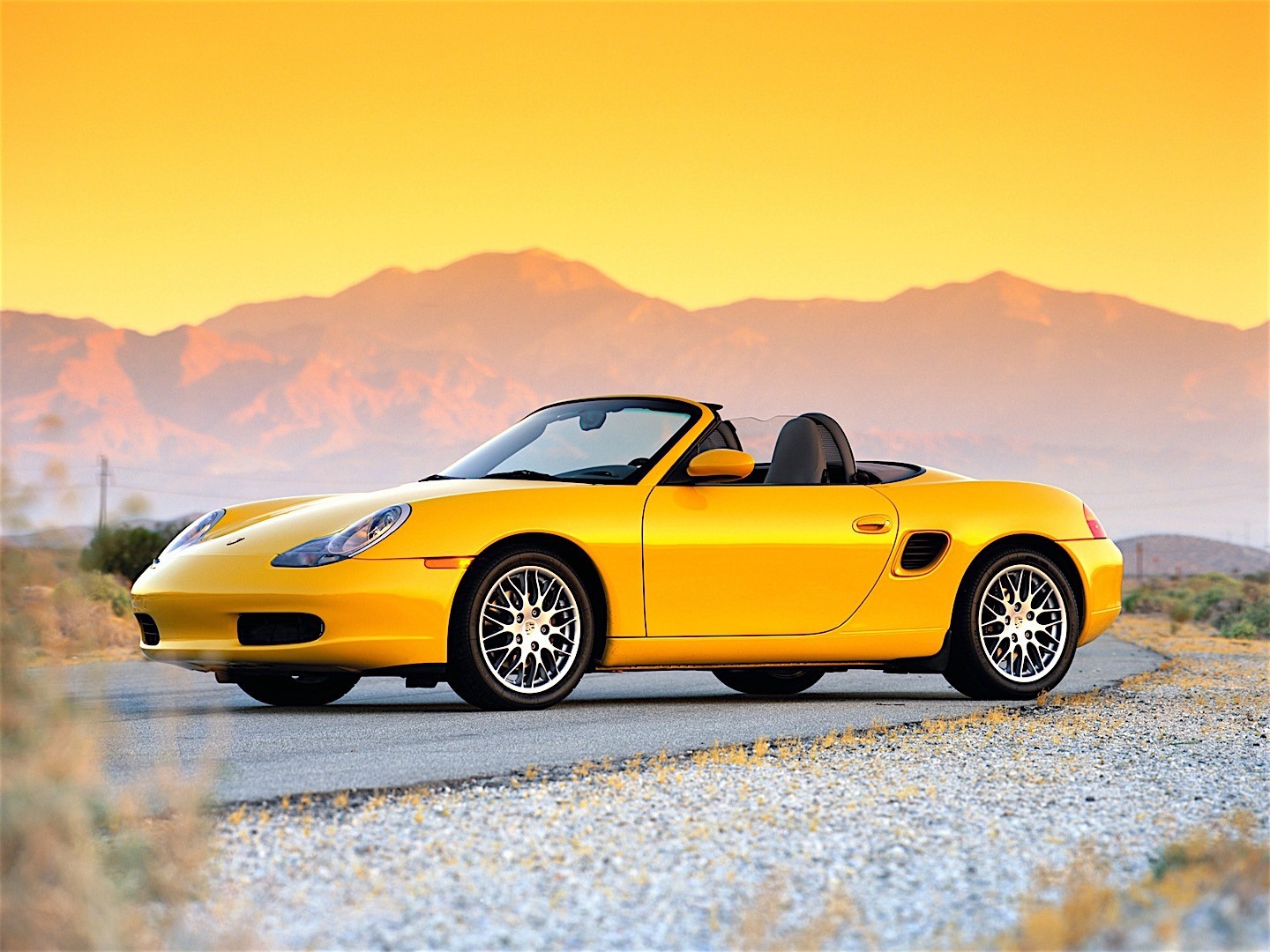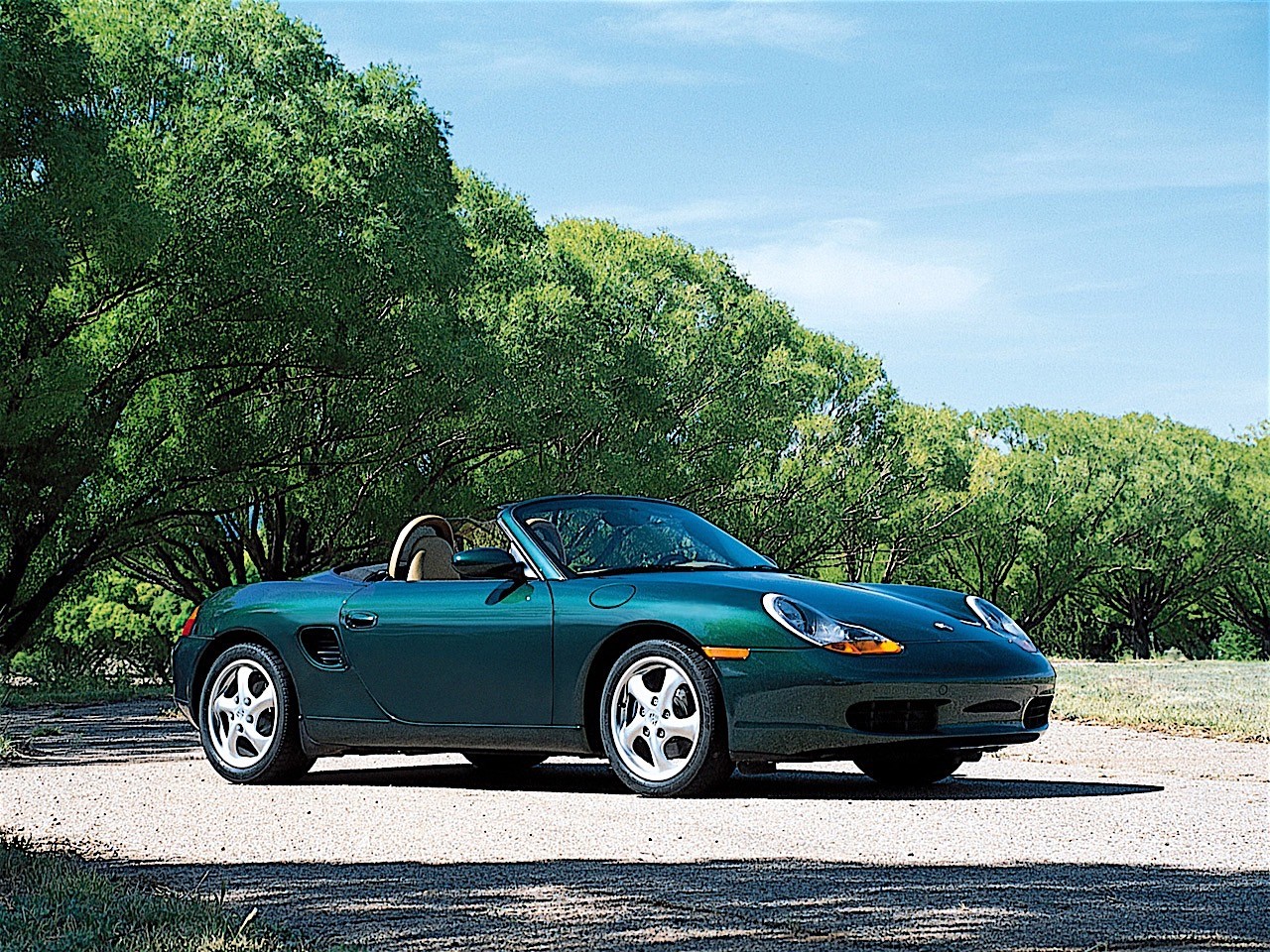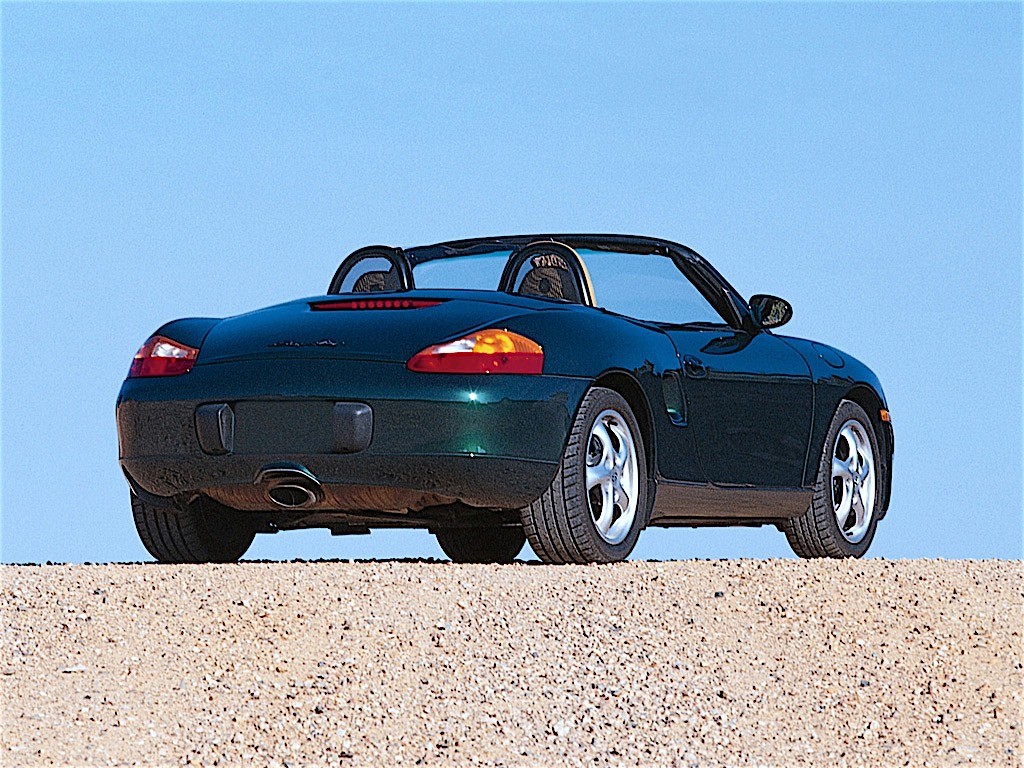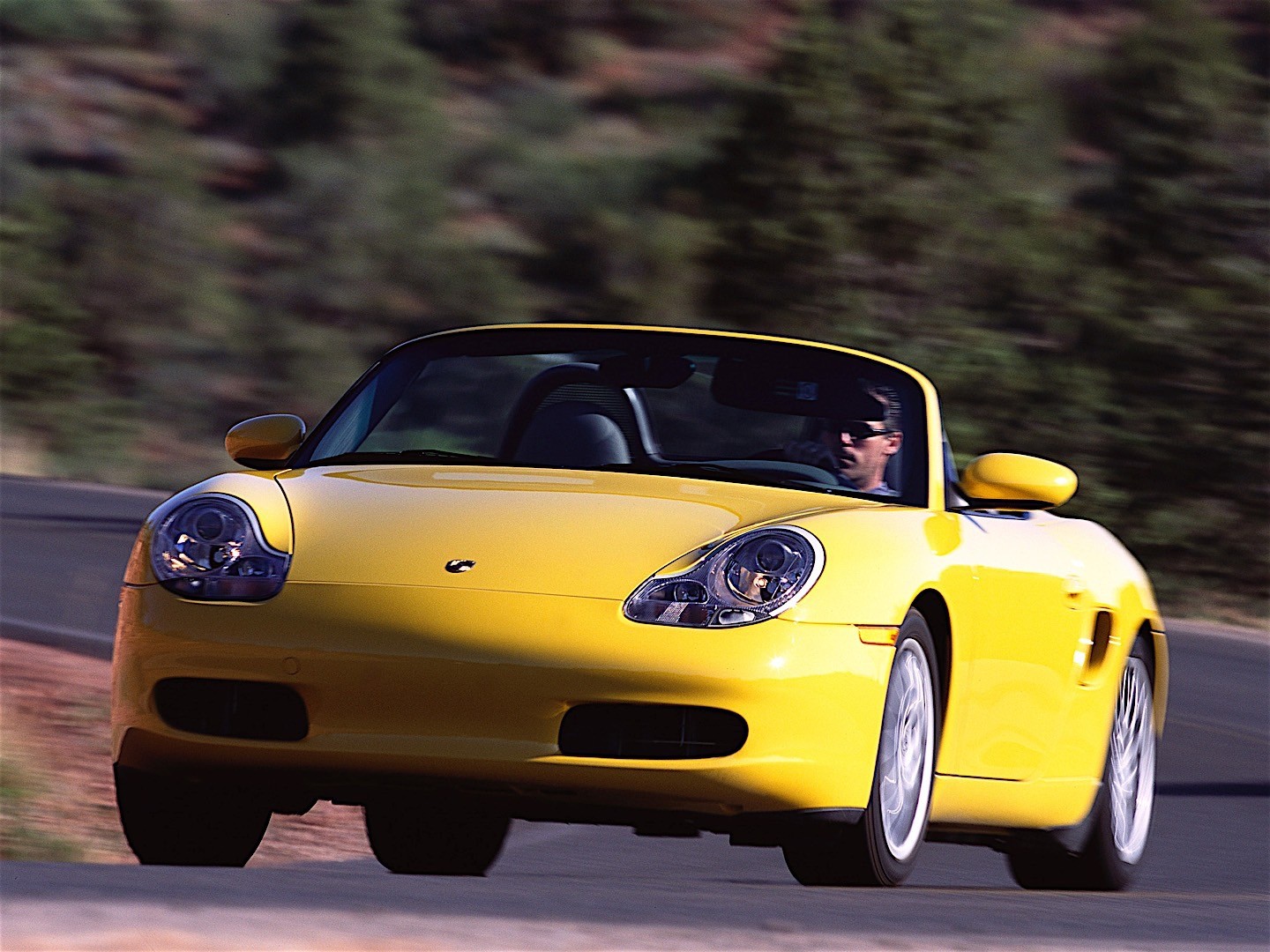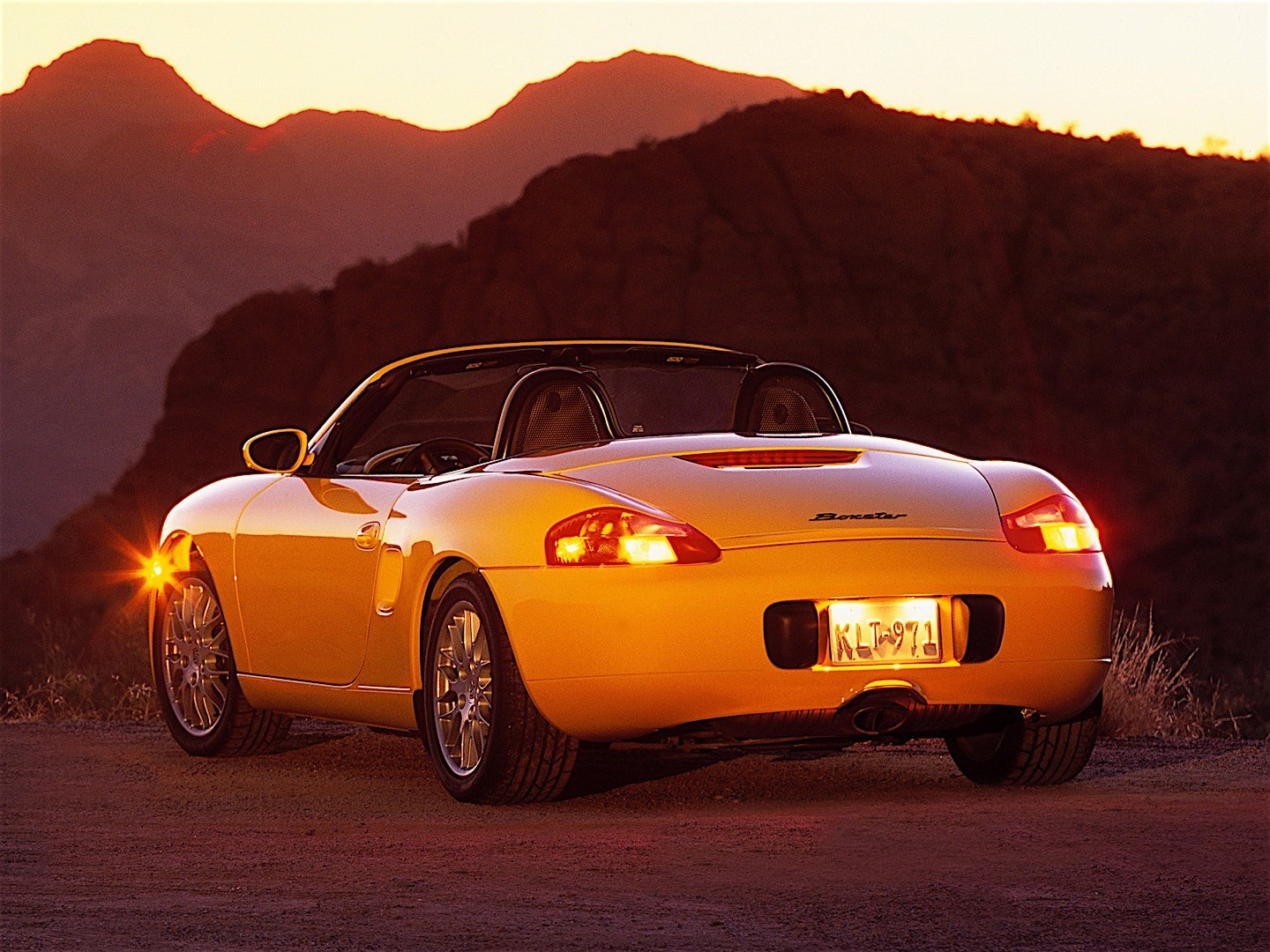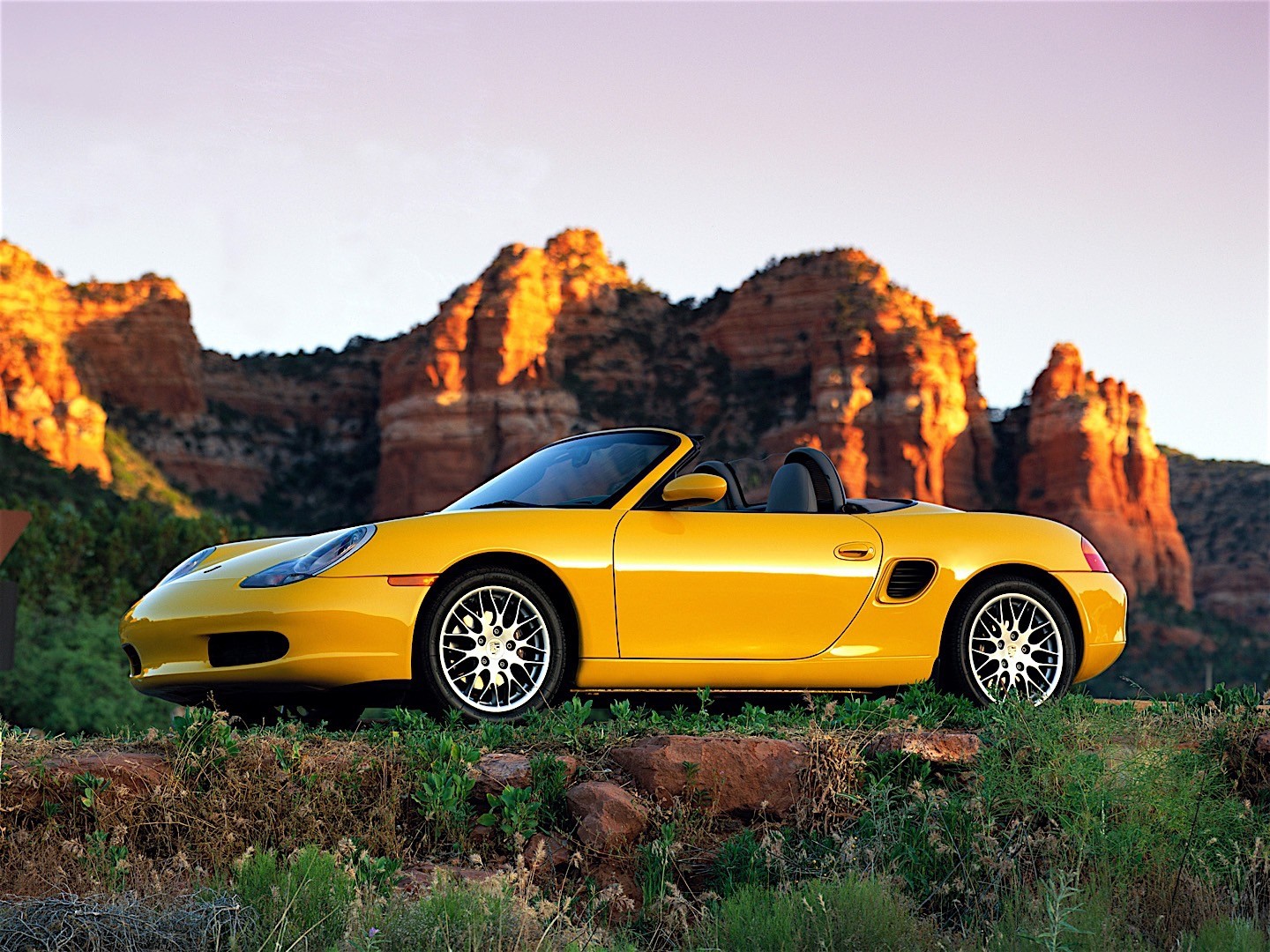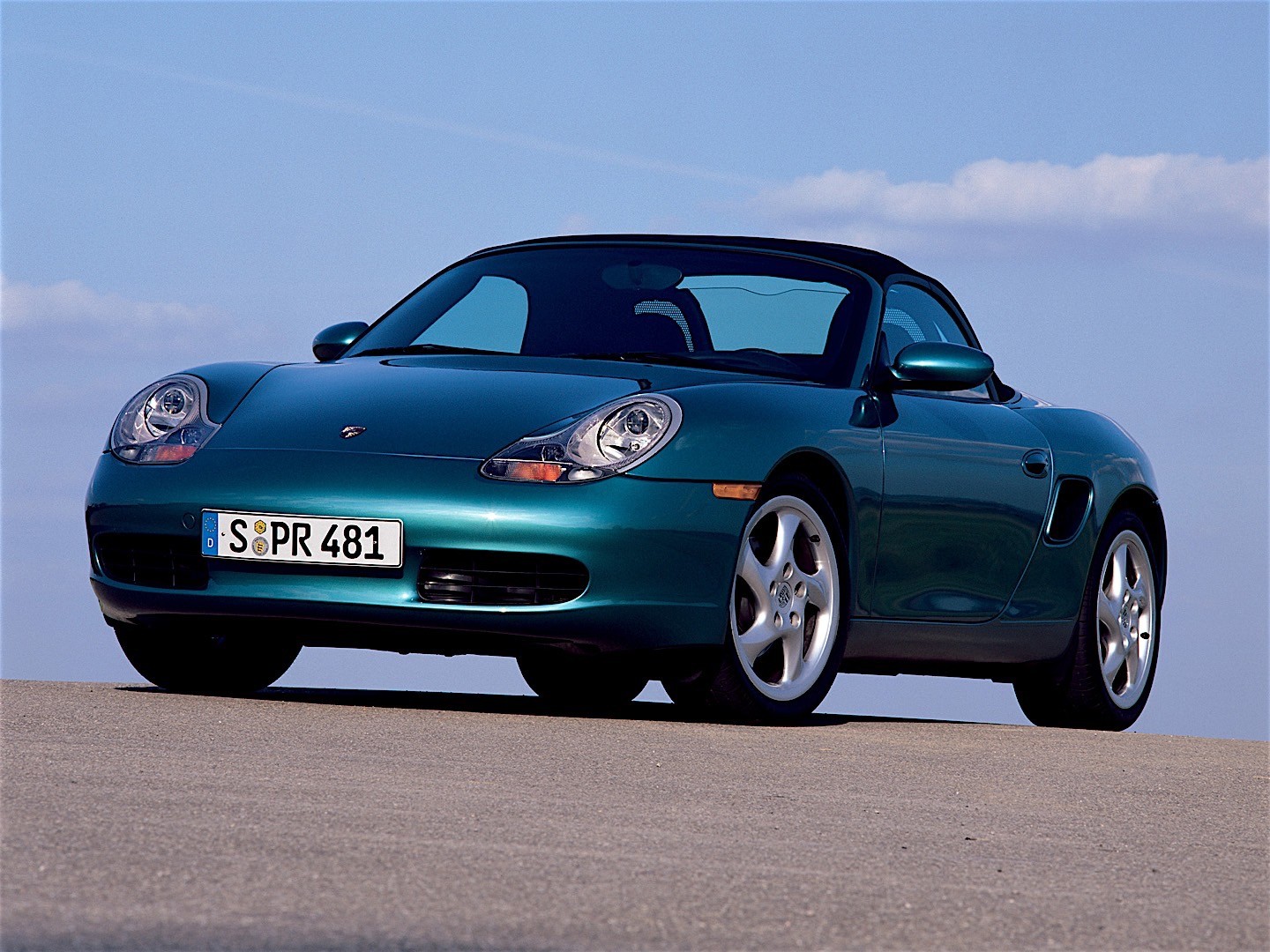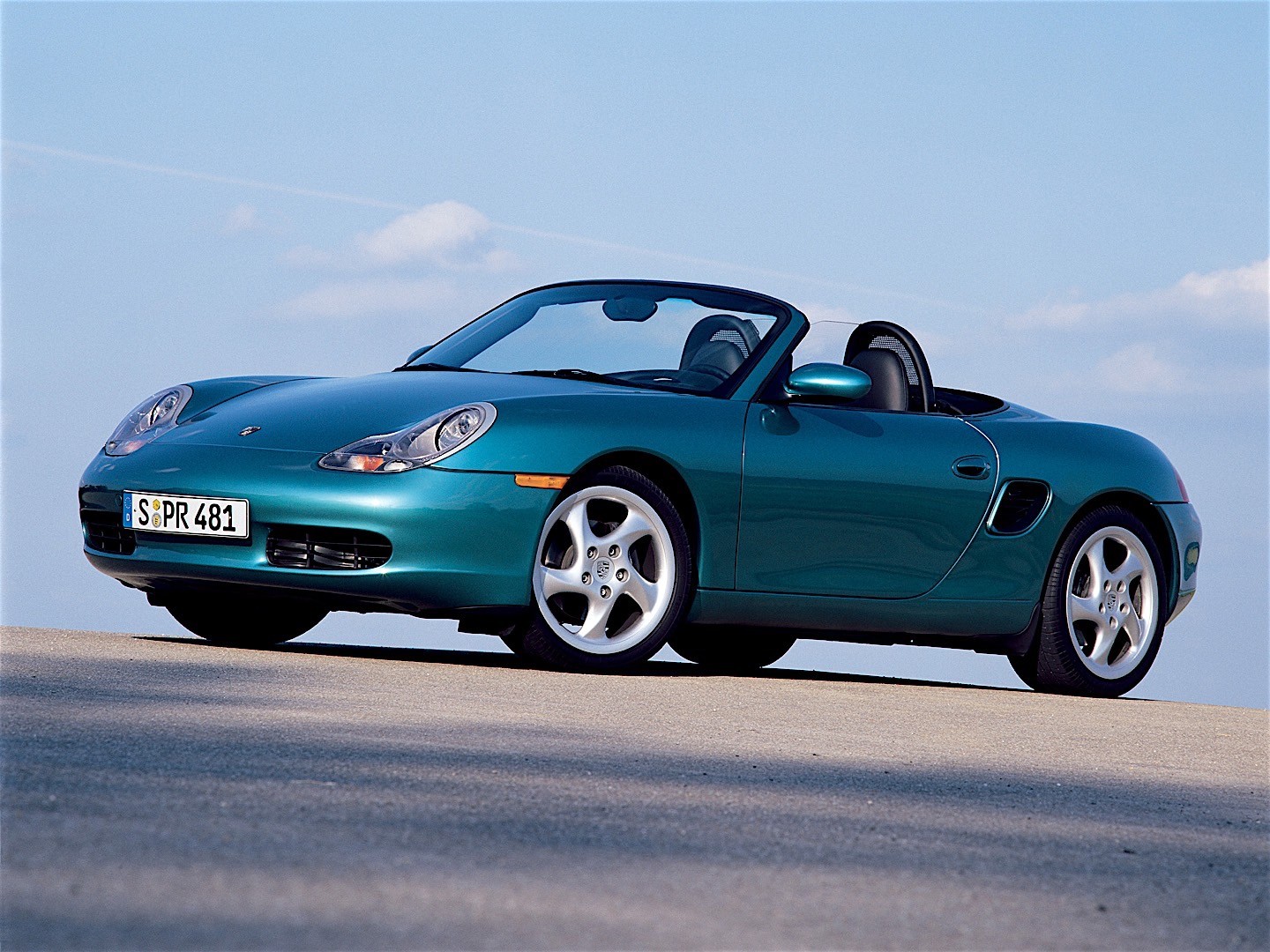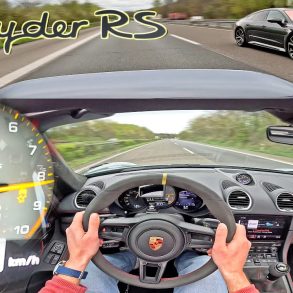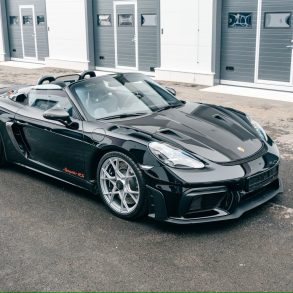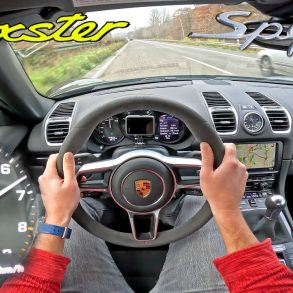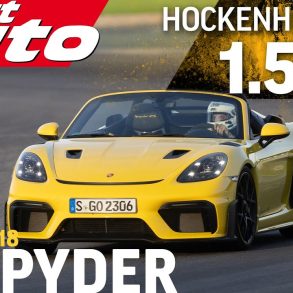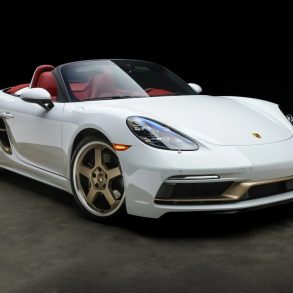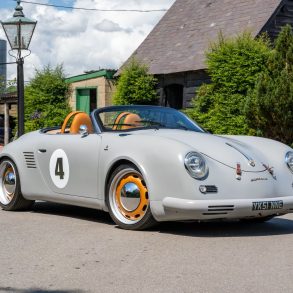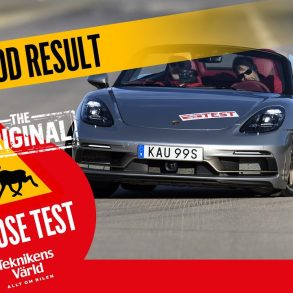(1997 – 1999) Porsche Boxster (V1) – Ultimate Guide
Porsche was really struggling in the early 90’s. Not only sales dropped to below 15,000 units per year, but the 924/944/968 series and 928 all went away in 1994 after several years of slow sales. The only car left was the 911. Porsche decided to build a new model, a smaller, lighter and less costly sports car that would sell alongside with the 911. That was the Porsche Boxster, code name 986.
It was Porsche’s first road vehicle to be originally designed as a roadster since the 914. The first-generation Boxster (the 986) was introduced in late 1996 as a 1997 model year car. The V-Series Boxster 2.5 rolled out in August 1996 from Porsche’s factory in Zuffenhausen, Germany. The aim was originally to start in June 1996, but due to production problems, the actual 986 Boxster 2.5 production did not start until August. The design was heavily influenced by the 1993 Boxster Concept (which was a good thing). It was an instant success, becoming Porsche’s biggest seller from its introduction in 1996 until the introduction of the Cayenne sport utility vehicle in 2003.
The initial base Boxster is identified from the front by the amber color of the lower part of the headlights and the two air intakes in the front bumper. The Boxster was longer, wider and stiffer than its then big brother, the 993 generation of the 911. The Boxster shares the same headlights, front lid and front fenders as the 996 911 (which came out a few years later). At the back, the original Boxster got a small rear wing that deploys automatically at 120 km/h (75 mph) to reduce lift by up to 30 %. When the speed drops below 80 km/h (50 mph), the wing goes down back into place. For the bodyshell Porsche provided a 10-year warranty against rust perforation due to the use of galvanized steel.
The Boxster’s soft top was powered and could be opened and closed in about 15 seconds. There are the roll bars behind the seats and between them is an optional wind deflector to reduce the airflow. There are two, front and rear, luggage compartments with a reasonable combined capacity of 260 litres. The petrol tank has a capacity of 57 liters and the spare wheel is space-saving in the current style. The standard steering wheel of the Boxster 2.5 is a 4-spoke.
Alternatively, the Boxster 986 has 16-inch rims with 205/55 tires on the front and 225/50 on the rear, or popular 17-inch rims (M396) shown in the picture above with 205/50 tires on the front and 255/40 tires on the rear. After a long time for the first mid-engined Porsche, these tires fit perfectly and together with the low boxer engine, they give Boxster a great weight distribution and a real sports car vibe. Whoever has a Boxster, they know .
The Boxster 2.5 has either a 5-speed manual or 5-speed ZF Tiptronic S automatic gearbox, manually operated from the steering wheel if required. The new 2.5 liter water-cooled, naturally aspirated flat six was good for 201 bhp @ 6000 rpm and 181 ft lbs @ 4500 rpm. 0 to 60 mph took about 6.7 seconds and top speed was good for 14.7 seconds. The Boxtsser was relatively light at 2,755 lb and was an absolute pleasure to drive.
The interior of the Porsche Boxster 986 and the seats from Recaro have been praised, but not the small buttons. The Porsche 986 and 996 share the same instrument panel and the basic look of the instrument cluster is the same, although it’s a couple of gauges wider in the 996. It was a surprise to me that 40% of the 996 parts came from Boxster. The comprehensive equipment list includes among other things a distance adjustable steering wheel, power steering, double front airbags and ABS combined with praised brakes.
Boxster options include the 993 inherited Automatic Brake Differential (ABD) traction control system, a removable hardtop and a stiffer sport chassis (M030). Boxster’s options list is long, which meant that almost every car has a slightly different configuration. The equipment has also been sold as combined equipment packages such as Classic and Sport.
The model year of the Porsche Boxster 986 can be easily checked from the 10th digit of the serial number (VIN). The V-series actually refers to the 1997 model series. Porsche’s model year is not the same as the calendar year, as the models of the coming year are traditionally started to manufacture and sell already in the previous year. However, there are also some of the Boxsters of the previous T-series, which are obviously manufactured before August 1996. The 1998 W-series and the 1999 X-series are very similar to the previous T- and V-series: the same engine, the same transmissions and the same design.
Significant new options for the model year 1998 include the Aerokit (XAA), which includes front and rear spoilers and side skirts and 18-inch wheels with 225/40 tires on the front and 265/35 tires on the rear. The navigation system (M662) is new and there is a Trend package on the equipment package list.
The 1999 model year’s options list includes Speedster cover behind the seats and Litronic xenon lights (M601) with clear lenses. Typical for Porsche, continuous small developments have been made on the engine, gearbox, chassis and interior all the time and also in the middle of the model year.
The most important thing in the Porsche Boxster 986 history for the Finns was the start of Boxster’s production in Uusikaupunki in September 1997. From W-series onwards, Finnish cars are identified by the 11th digit of the VIN. It’s U like Uusikaupunki in Finland instead of Stuttgart’s S.


